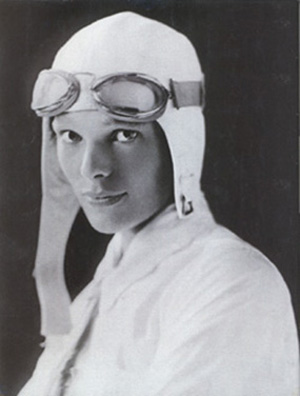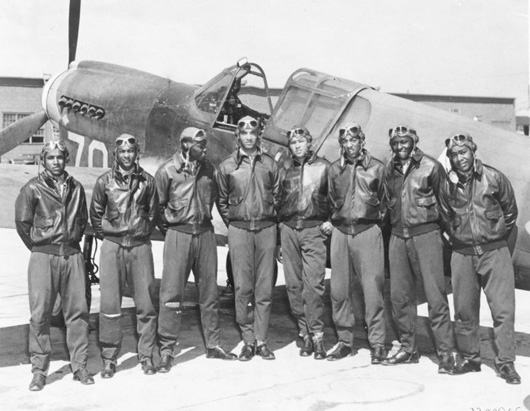
WASHINGTON (AP) – Amelia Earhart was, of course, a famous pilot and pioneer for women. Her time as a fashion designer, though, usually isn’t something people remember about the woman who disappeared during a 1937 flight.
The National Air and Space Museum has added such details about her life as it overhauled one of its original galleries on the “Pioneers of Flight,” opening Friday, to go beyond the facts and figures about historic airplanes.
Curators acknowledged the original hall with planes flown by Earhart and Charles Lindbergh was a little bit “bare bones” since its creation when the museum opened in 1976.
“Now we have a chance to bring out the personalities,” curator Dorothy Cochrane said. “We knew we had other artifacts. We knew we had more information.”
Now the gallery includes more than 1,000 objects from the museum’s archives, including a jacket Earhart designed for female aviators, Lindbergh’s radio receiver, snow shoes and other emergency equipment he took on his daring flights with his wife, Anne.
Earhart’s bright red Lockheed Vega airplane is the centerpiece – which she flew to become the first woman to fly solo across the Atlantic Ocean in 1932 and the only person to do so since Lindbergh – ringed by objects from her life. Earhart also made history in her “Little Red Bus,” as she called the plane, by flying it nonstop across the United States later that year.
The plane was featured last year in the movie Night at the Museum: Battle of the Smithsonian.
Other sections feature milestones from military aviation and pioneering black aviators, including the Tuskegee Airmen from World War II. A version of the exhibit on those who broke the color barrier in flight will travel to museums nationally in 2011.
Museum Associate Director Peter Jakab said the personal stories added to the exhibit will engage more visitors at the museum, which attracts millions of tourists each year.
“It’s at this intersection of hardware and human beings … where museums can be at their best,” he said, adding that the 1920s and 1930s laid the foundation for modern aerospace. “By the end of the 1930s, there was no turning back: We were a species with wings.”
The gallery’s overhaul was funded by a $10 million grant from the Los Angeles-based Conrad N. Hilton Foundation in 2008, and it is named in honor of Barron Hilton.
The gift also funded one of the Smithsonian’s first early childhood education programs. The gallery includes a children’s corner with a puppet theater that will offer daily programs.
___
Online:
National Air and Space Museum: http://www.nasm.si.edu
Copyright 2010 Associated Press. All rights reserved. This material may not be published, broadcast, rewritten, or redistributed.
AP-ES-11-16-10 1535EST
ADDITIONAL IMAGE OF NOTE



